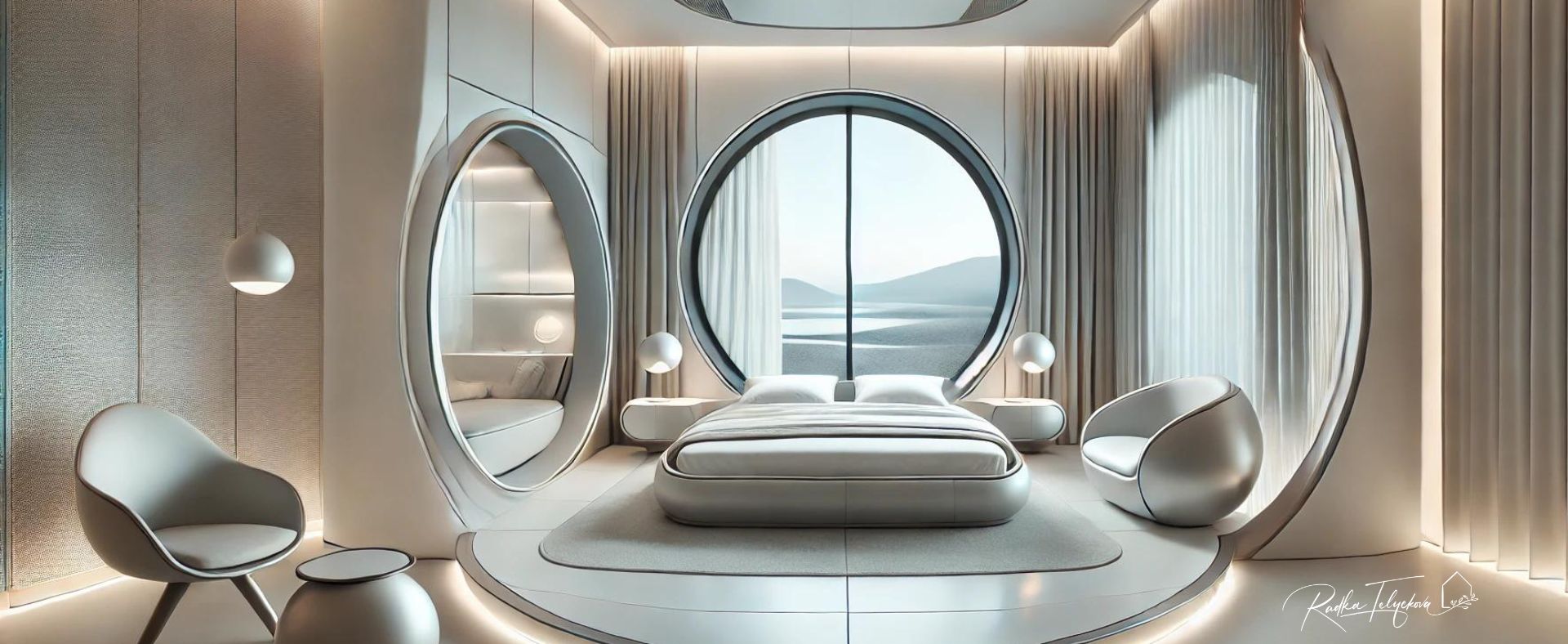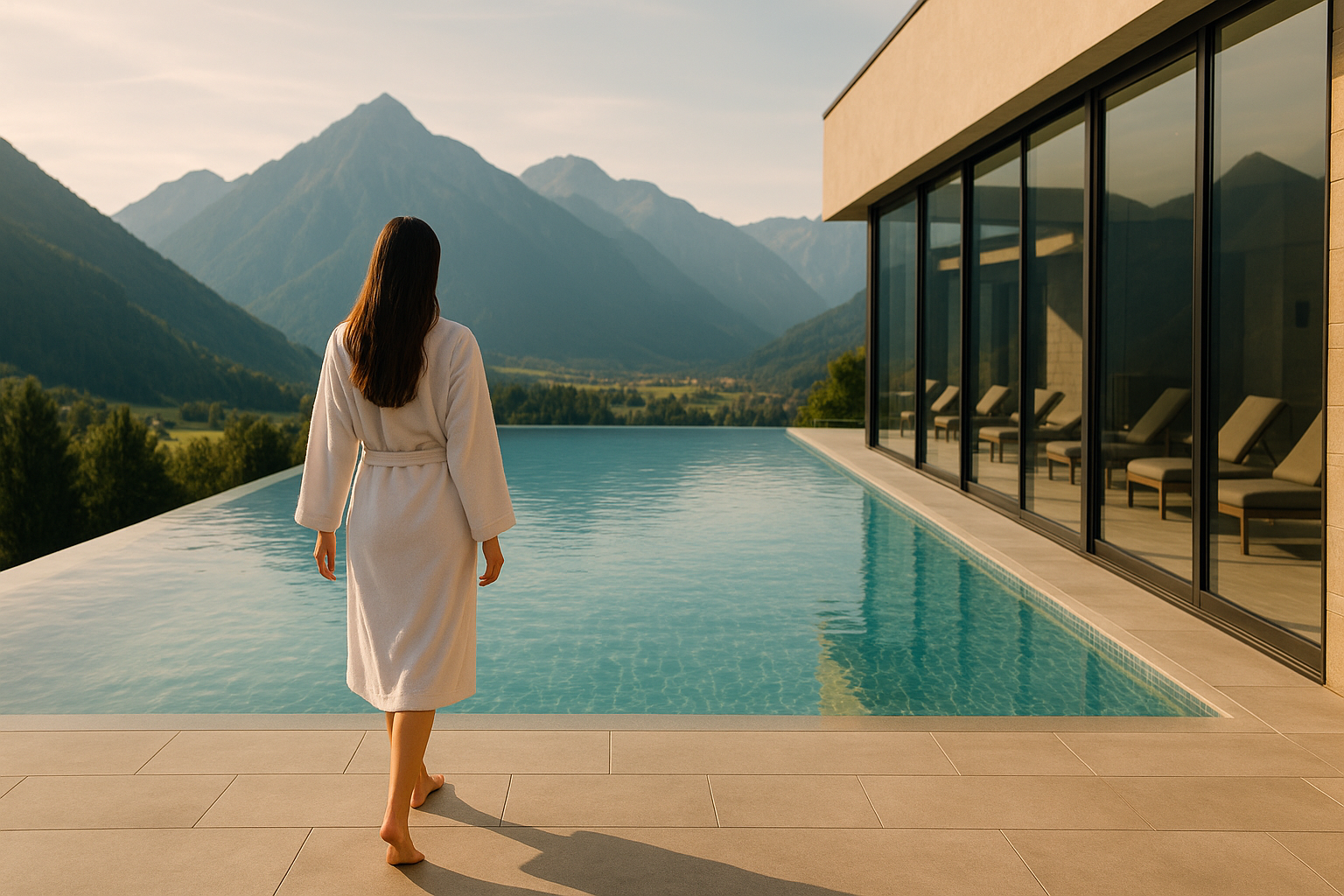Room Pricing Strategy: Playing with Room Categories to Boost Revenue

The variety of rooms and suites is your most potent weapon as a revenue or sales manager. It allows us to find the right place for our hotel or guesthouse in the market, distinctly different from your competitors. By learning how to offer various room categories to the right guests at the right price, you set the stage for an effective pricing model and increased revenue.
Challenges for Smaller Accommodation Providers
Smaller accommodation providers face significant challenges. With a limited number of rooms, guests can enjoy a small but cozy sauna and a whirlpool with an adjacent relaxation area. There’s no room or budget for grand cuisine or a Michelin-starred chef, so the focus shifts to providing quality, hearty breakfasts. How else can an accommodation attract guests? Price? Atmosphere? Satisfied guests? One effective strategy is to give rooms or room categories unique names that emphasize the establishment’s distinctiveness. Combine this with a well-thought-out pricing policy, and you can achieve remarkable results almost instantly.
Emotional Purchasing
When searching for something special, a magical place, finances often take a backseat. Or conversely, they might play a role, but discovering something unique makes you quickly forget the budget or adjust it based on the newly found accommodation. Integrate the principles of revenue management with creative room names to captivate even the most demanding guests.
Let Your Imagination Soar
I recall a consultation where we discussed naming an accommodation with just one room located in an attractive property. Are you familiar with the “One Room Hotel” at the Žižkov TV Tower? Although we didn’t end up collaborating, the owners decided to implement our idea and it proved successful.
It’s encouraging to see those who believe that an original room name can drive sales, breaking the standard “double room” mold. A few interesting examples might help, don’t you think? In the Czech Republic, Penzion Adamův Dvůr has taken a charmingly extreme approach. This guesthouse, with just six rooms, has rooms named Squirrel’s Nest, Cubist Feeder, Bed of Roses, and Under the Bridge. As a client, I’d instantly feel drawn to stay there. Creative room names give me confidence that the place I’m choosing for my stay is unique and special.
Luxury Spa Hotel Olympic Palace in Karlovy Vary named its more spacious rooms Junior Suite Skyfall and Suite Olympic. The newly opened Republika Hotel & Suites has named its beautiful suite the Republika Suite. Compared to naming a room simply Suite or Junior Suite, Republika Suite attracts more attention and reservations. And how about a stay in the High Tatras in the Exupery Apartment (Panoramic Mountain Residence) or the Maria Theresa Apartment (Hotel Lomnica)?
How to Do It?
There are several ways to choose creative and original room names, even in a classic city hotel. Whenever we take over a hotel for revenue management, we list all room amenities and distinctions to make well-informed decisions.
Consider:
- The floor where the room is located
- The view or orientation of the room
- Room size in m²
- Bed size or number of beds
- Room layout
- Number of fixed beds and extra beds
- Accommodation options for children
- Additional room characteristics (attic, ground floor, balcony, etc.)
- Bathtub or shower
Based on these insights, we create room categories and play with room names. We focus on individual room attributes and consider the overall concept of the accommodation. During brainstorming, we don’t limit ourselves, as even the most outrageous room name can inspire the most suitable names for each room.
Why Properly Categorizing Rooms Matters
It’s important to link the created room types, or their categories, with a pricing policy. Room categories are crucial in revenue management for upselling opportunities (selling higher-category rooms) to increase the average selling price. Categorizing rooms based on their features and characteristics improves your market position. A hotel or guesthouse will sell better due to room segmentation. Additionally, correct segmentation allows for the creation of a specific and detailed pricing structure with different price levels, enabling you to reach the maximum number of potential guests.
Not everyone has unlimited finances when choosing a room. Some guests always opt for the lowest price, while others are willing to pay more for luxury. It’s similar to mobile phones or cars – everyone typically has a different model in a different price range.
Dynamic Pricing Strategy
In the early days of revenue management, managers worked with prices only in specific seasons and room categories. From a dynamic pricing perspective, this strategy is outdated, as it allowed setting room prices only in predetermined price groups. Over time, revenue managers realized that sometimes prices need to fluctuate above and below the average. Dynamic pricing, on the other hand, does not restrict the nightly rate, only setting a minimum price that hoteliers should not go below.
The advantage of a pricing strategy with different room types at various price levels is that when one room category sells out, the guest unknowingly moves to a more expensive one. Essentially, hotel room categories become your pricing categories.
Overbooking and Increasing Occupancy
With a dynamic pricing strategy, you can decide to increase occupancy during less busy months instead of raising ADR (Average Daily Rate). You can keep the standard room category always open and sell it at the same price to boost occupancy. If you use a front desk system or revenue management, you can define overbooking options for each room category and each day.
Surcharges for Higher Category Rooms
Another way to increase RevPAR (Revenue per Available Room) is through surcharges for different room types. The price difference between room categories should not remain the same throughout the year. To maximize the overall RevPAR of the hotel, you must maximize the RevPAR of each room category. This means selling rooms at the highest possible price at any given time to as many guests as possible. You can define price increases as a percentage or a fixed amount based on:
- Weekends vs. weekdays
- Season
- Month
- Current demand
It’s crucial to continually monitor how each room type sells and whether prices are set logically and correctly. If a room isn’t selling at a certain price, it’s necessary to adjust the price.
Step Out of Your Comfort Zone
There’s a prevailing belief that a successful accommodation is one that achieves 100% occupancy. The opposite is true. There are always some rooms available for sale, and it’s up to us to choose the right combination – whether we aim for high occupancy at any cost or focus on average price or RevPAR. You must learn to step outside your comfort zone. The hospitality industry is inherently risky, so revenue managers have learned to hold back and stay within their comfort zones. Sometimes, changing the price by a few euros can significantly impact last-minute bookings. Instead of selling out the lowest-priced category, try reducing the surcharge for higher-category rooms and selling more of these rooms. Ask yourself, will you sell more standard rooms at the standard price or luxury suites at an aggressive price?
Utilize Your Potential
Every day, we see the wonders a new room name and dynamic pricing across room categories can work for our clients. Suddenly, the average price rises. Guests often hesitate, and we can help them. The best approach is to ensure surcharges for higher-category rooms are not too high and adjust according to demand. For example, in city hotels or smaller accommodations, we often use surcharges ranging from 5€ to 10€, or 50 CZK to 100 CZK. In resort hotels, wellness or boutique hotels, you can increase surcharges slightly. It always depends on demand. It works like magic, and the average price and RevPAR increase with each implementation of this trick into the pricing policy. Try it.
Remember, dynamic pricing means prices change constantly. It’s an ongoing process. Use the full potential of your accommodation – you have rooms, and they need to be sold smartly. Best of luck to all of you.








